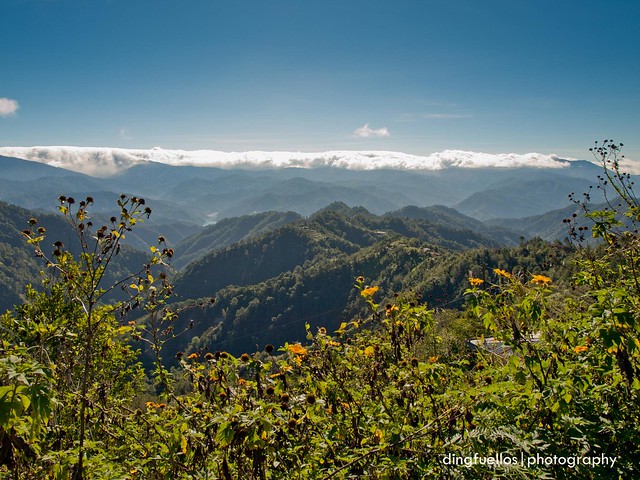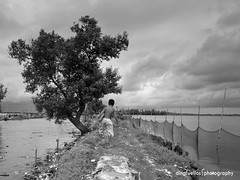THIS WEBSITE called
Uncyclopedia, which is a pale parody of Wikipedia has infuriated me when I learned about this in my Flickr group.
This website presents itself as a satire to the Philippines and to other nations, people, events, things, and cultural practices, but simply failed to bring the humor it has intended to elicit from the readers. While it intends to entertain, it is far from entertaining people, especially someone like me.
This is not humor or entertainment or comedy. This is utter disrespect of one’s culture. Once a joke touches on culture, it is no longer humor. It is maligning one’s living tradition.
It even provides a link: which says:
“For those without comedic tastes, the so-called experts at Wikipedia have an article about Philippines.” This further makes their website rather pathetic.
This is not satire. Wikipedia states:
“Satire (from Latin satira, "medley, dish of colourful fruits") is an artistic form, chiefly literary and dramatic, in which human or individual vices, follies, abuses, or shortcomings are held up to censure by means of ridicule, derision, burlesque, irony, or other methods, sometimes with an intent to bring about improvement. It is used in graphic arts and performing arts as well. Although satire is usually witty, and often very funny, the purpose of satire is not primarily humour but criticism of an event, an individual or a group in a clever manner.”And I underscore “clever” because it will never be such. This is not an art but a trash coming out from a trashy mouth.
This is brazenly dehumanizing and racist, not to mention debasement and disrespect of Filipino women and the Filipino poor. To think that there are Filipino contributors in the website, makes me even puke more in anger and disgust. I would not wonder why they could audaciously describe the Philippines in such manner, but I would willingly eject them to Pluto because they do not have any right to malign our country.
Sure, we do have out flaws, iniquities, inadequacies, frailties as a third world nation. But I still love it the way it is. The Philippines is my home. Our home.
This is my territory and I would defend it from intruders like them!




























